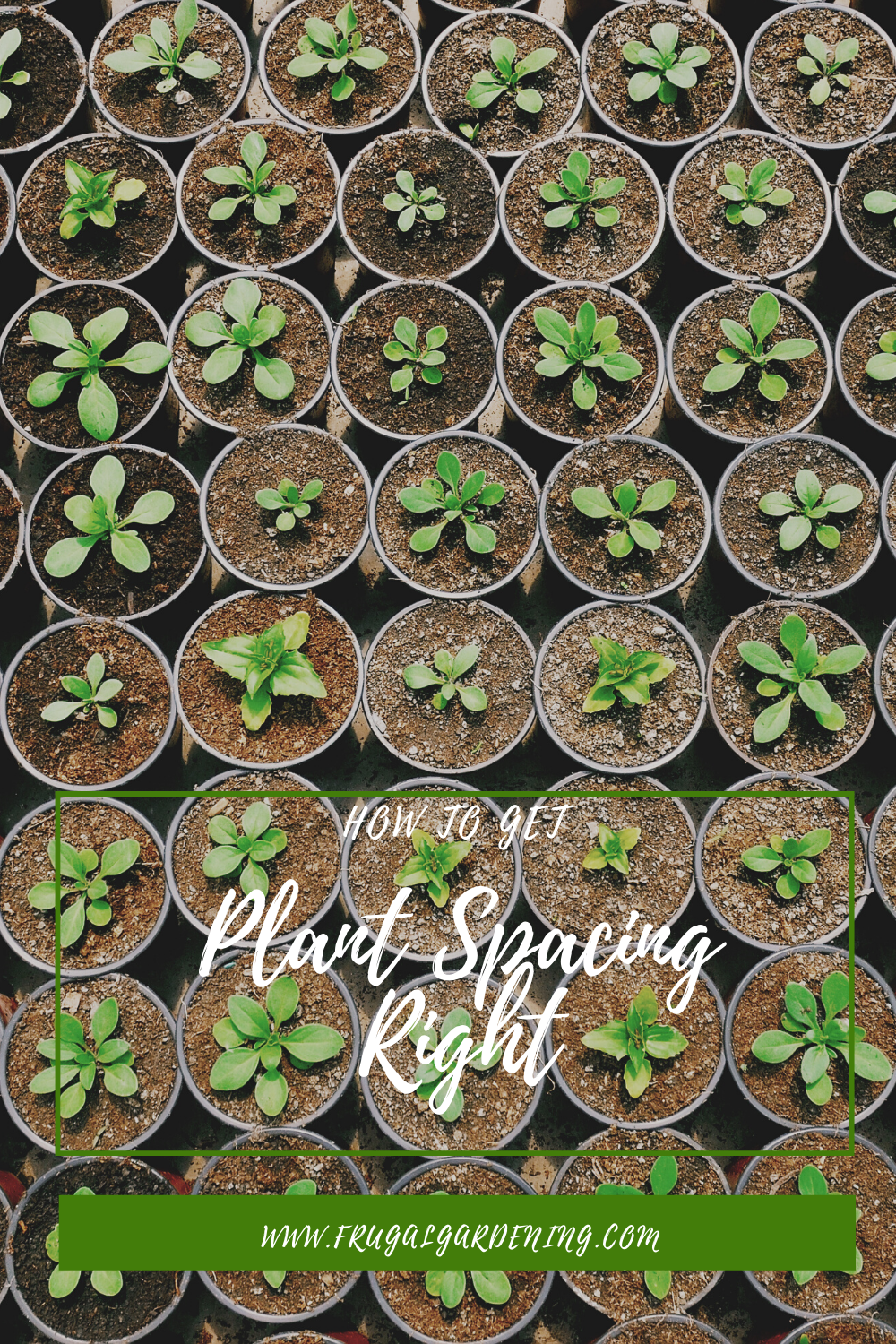
When I started gardening over a decade ago, I was so excited to grow things that I would cram many seedlings into tiny spaces. My first garden was my pride and joy, but looking back on it, I made so many mistakes. Mistakes are good! They help you learn. But some of them are entirely avoidable. Spacing plants properly is one of those preventable mistakes.
Cramming lots of seedlings into a tiny planter or jamming in 10 tomato plants into a raised bed with enough room for maybe 9 at most seems like a bright idea. It’s all about maximizing space, after all, right? Except, improper plant spacing can easily leave you with a disappointing yield. It seems like filling in every bare spot in your garden is a brilliant way to maximize the harvest, but, in reality, it can actually harm your efforts. Frugal gardeners should pay close attention to plant spacing because ignoring those guidelines can cause you to waste a lot of time, effort, and money.
What’s the big deal?
Okay, so why is plant spacing so important? Who cares?
For one, your plants do.
Putting plants too close together means they may not have access to enough nutrients. You may end up with spindly, weak plants if you don’t space them far enough apart.
Suffocatingly close plants may also experience higher instances of pest and disease activity. That’s because there’s usually limited airflow between squished-together plants. The foliage can’t dry quickly after it gets wet and becomes a hot spot for nasty bugs.
What’s the correct spacing?
Close quarters aren’t always a bad thing. You don’t need miles of space between plants to be a successful gardener. In fact, too much room between plants makes it easier for weeds to settle in your garden.
Most seed packets will give you exact spacing requirements for particular plant varieties. When in doubt, check Madame Google or ask a fellow gardener.
Sometimes, close spacing is ideal for harvesting things like baby greens. If you plant the seeds or seedlings too far apart, you’ll leave more room for weeds. Moisture loss is also likely to occur with spacing that’s too far apart.
I like using the Square Foot Gardening method for help with spacing. I hated geometry as a kid, so as an adult, spacing requirements on the backs of seed packets give me vertigo. 2 inches? 2 centimeters!? As someone with poor spatial abilities, I’m not about to take out the ruler to make precise measurements. Instead, I go by SFG measurements which specify plant spacing per square foot. A stamping tool helps me get spacing precisely correct.
Here are a few SFG spacing guidelines for common edibles:
- Tomatoes: 1 per square foot
- Peppers: 1 per square foot
- Kale: 1 or 2 per square foot
- Lettuce: 1 or 4 per square foot, depending on size and whether you want to harvest baby leaves or not
- Carrots: 16 per square foot
- Beets: 9 per square foot
- Beans: 9 per square foot
Here’s the thing, though. Sometimes, different varieties have varying spacing needs. While I follow these guidelines, for the most part, I sometimes stray from the set rules regarding spacing to experiment. Sometimes it’s a win, and other times it’s a big disappointing failure.
If you want to experiment with spacing, I recommend taking notes so you can remember what works down the line. There’s no use making the same mistake twice!

Steph Coelho is a freelance writer gardening in zone 5b. She is a certified Square Foot Gardener and has taught various garden-related workshops. When she’s not digging in the dirt or writing, she’s cooking up fresh produce, running, or listening to her favorite podcasts.
Leave a Reply